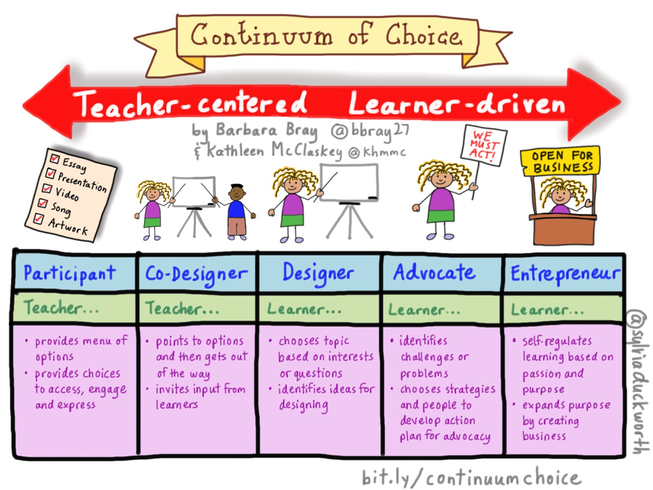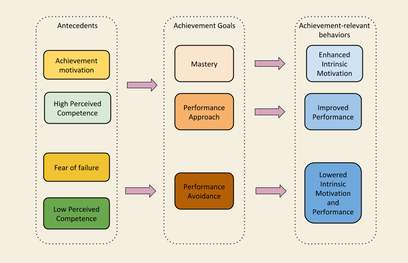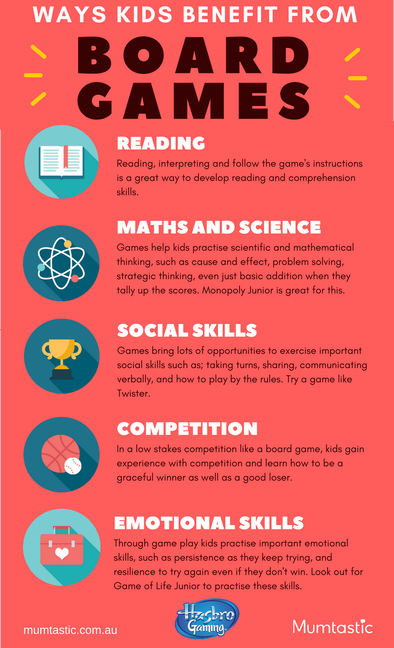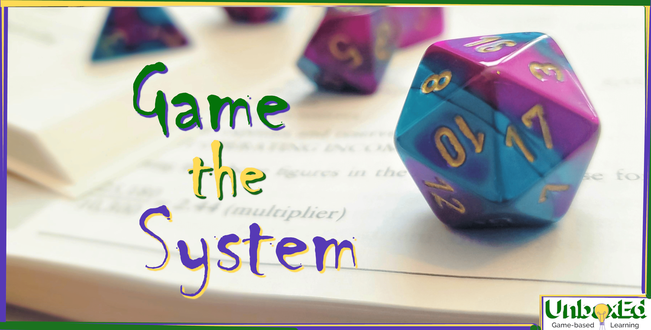|
Learning Setting (SEL) There’s a notable study where preschoolers were instructed to wait alone in a room with a piece of candy, and promised a second piece of candy if they chose not to eat the first until the proctor returned. The preschoolers with the self-control to wait for the larger reward showed higher academic performance throughout adolescence. Pretty unremarkable stuff. Recently, a preface study was added to this experiment. Before the candy phase, the children waited in the room with drawing paper and a box of broken crayons. The proctor promised to bring each child a new box of crayons, but only half the children ever received one. Advancing to the candy phase, the preschoolers who had not received the promised crayons were 5 times more likely to eat the first piece of candy than children whose crayon promise had been fulfilled. Pretty powerful stuff.
A deficit of trust is the daily experience of an enormous number of students. Academics aside, this has huge implications on their mental health, as we see a rise in suicides, anxiety levels and mental health disorders in children aged 8-15. One colleague put it best when he said that the average student is in a constant state of “coping.” Learning Outcomes (FTW) Academics to the fore, let’s connect learning setting with student performance; specifically, how it filters into two types of goal achievement. One is performance-approach, meaning the individual has an intrinsic stake in a process and its reward. The second is performance-avoidance, where a lack of confidence or a fear of failure drives a singular goal of avoiding punishment or penalty. They are both positive feedback loops. They feed into themselves. As observed, a child’s learning path can be lost far younger and more easily than you’d expect. Combined with a system of social comparison (grades), high performers increase their advantage and self-efficacy, while low performers lose agency and self-efficacy as they further identify as failures. A positive self-efficacy continually improves a student’s belief in their effort and abilities. They have confidence that they can achieve a result if they put in the work, as well as determine which rewards are worth the effort. They can negotiate value and design goals that are personally meaningful to them. Students empowered with positive self-efficacy can observe skills modeled in the world and have the intrinsic drive to learn and apply them to challenging problem sets. They are curious, entrepreneurial, pro-active and independent. They start asking questions instead of simply answering them. They become lifelong learners. Avoidant students experience heightened levels of anxiety and stress. Their motivation is driven by the desire to achieve the bare minimum and escape punishment. They feel their choices and effort are meaningless. Failure in a monolithic system gives a student nowhere else to go. This is what many kids cope with. “I can’t do this. None of my choices matter. My effort doesn’t matter. I have nowhere else to go.” That is a chilling narrative to tell one’s self day in, day out. Where Games Come In (GBL) Given the elasticity and sensitivity of young brains, think about how impactful it is to encounter a scoring system which removes points, versus one that earns points. Separate research confirms that having something taken away affects brain chemistry 3 times more intensely than gaining something. Additive scoring creates a far healthier learning environment than punitive scoring. Is it any wonder why games provide an escape for so many kids? (Jane McGonigal does wonderful research on games for positive social and emotional change. She buckets the antecedents as “Everything sucks, I’m gonna play games instead,” and “My life is better when I am able to include games.”) Games provide a natural system of scaffolding, the process of introducing a skill, iterating on it, observing and rewarding measurable improvement, encountering a task-oriented trial and graduating to mastery. This is called Flow, a balance of increasing challenge in proportion to skill to create a state of hyper concentration and absorption. You might see a gamer in Flow and think they are zombified. In truth, their brain is experiencing the pinnacle of all learning and performance environments. Where games succeed is in understanding that failure cannot be binary; failure should be an indicator that you need to try something different, not that you can’t do it. Secondly, an individual needs the freedom to choose their own path toward solving problems. Thirdly, the individual must see the value of the reward as worth the effort. Games, games, games.
So is gaming an escape, or is it a cry for self-efficacy?
0 Comments
Leave a Reply. |
SubscribeSign up to receive monthly emails, sharing research and insights into the world of game-based learning. Archives
April 2023
Categories
All
|




 RSS Feed
RSS Feed
